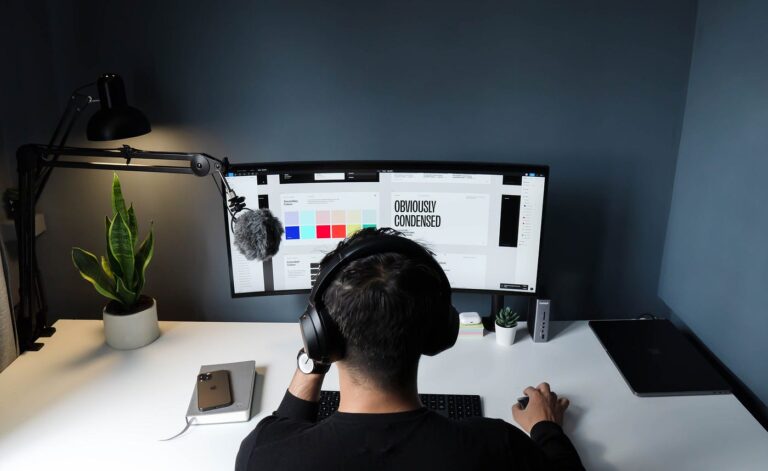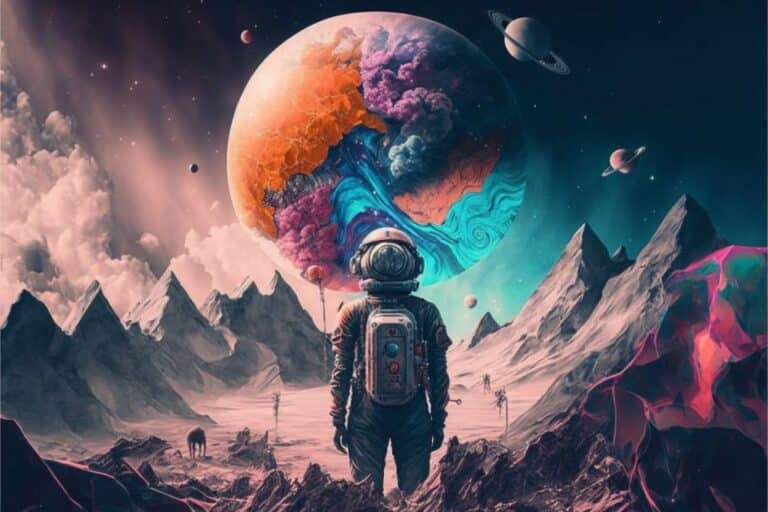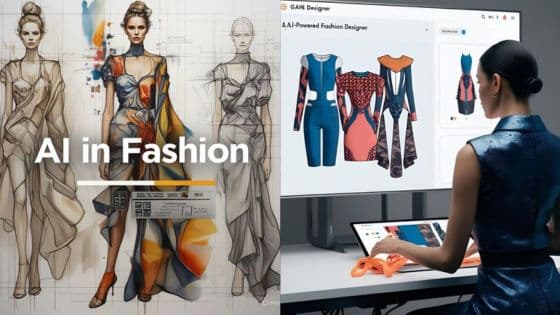Digital design is changing fast. Tools are smarter. Projects move quicker. Creative teams are finding new ways to balance speed and imagination. At the heart of this shift is a new style of working that blends automation with human direction.
This is where the agentic AI workflow comes in. It is a method that allows intelligent systems to take on tasks in design without removing the role of the creator. Designers stay in charge, but they let AI agents handle the heavy lifting. This approach helps them move faster and test new ideas with less stress.

The Basics of Agentic AI
At its core, an agentic AI is built to act with purpose. It does not just follow static rules. It takes input, interprets it, and responds in a way that fits the context. In design, this means the system can draft, adjust, and refine based on creative goals.
The workflow is structured to keep things smooth. The AI agent watches for tasks, breaks them into smaller steps, and works through them. Designers guide the process by setting goals and reviewing results. This makes the system feel more like a partner than a tool.
Efficiency That Frees Time
One of the biggest gains from this style of workflow is speed. Design often includes repetitive steps. Preparing assets, testing layouts, and fixing small issues can eat up hours. An agent can handle these tasks in the background.
That means designers focus on big ideas. They spend less time moving files or resizing images. Instead, they put more energy into concepts and storytelling. The AI acts like an assistant who never gets tired, which helps keep projects moving forward without delays.

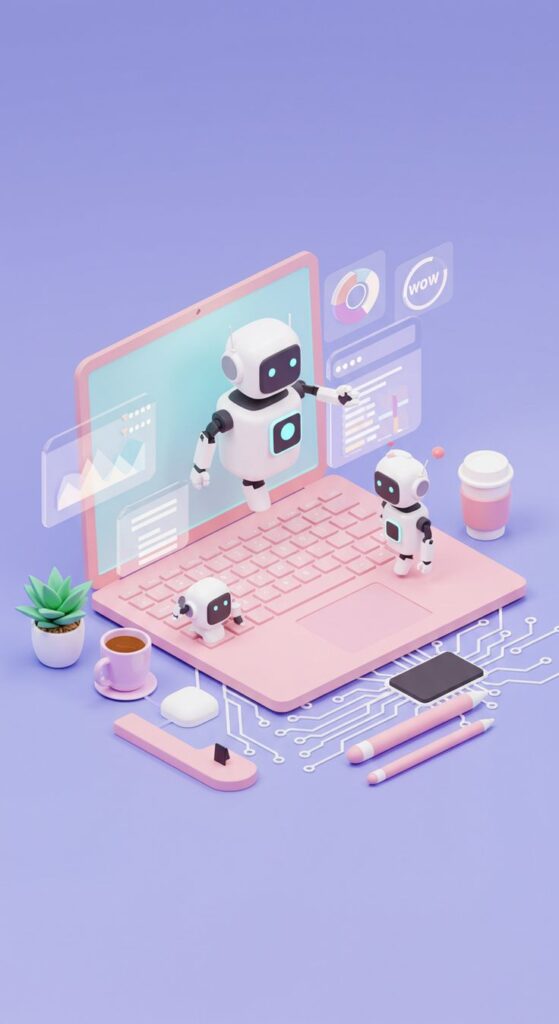
Innovation Through Exploration
Speed is not the only advantage. An agentic system also sparks creativity. When the AI can draft multiple versions of a design, the team has more options to explore. It can generate layouts, test color palettes, or even suggest patterns that might not have been considered.
This opens the door for discovery. Instead of sticking to a single safe path, designers can review a wider range of ideas. The AI does not replace the creative mind. It simply adds fuel to the process by presenting fresh options.
Smooth Collaboration
Design rarely happens alone. Teams work together. Clients need updates. Feedback flows from many sides. An agentic workflow helps manage this flow. The AI can track revisions, align files, and keep versions consistent.
This makes collaboration smoother. No one wastes time searching for the latest draft. Feedback is easier to integrate. The system ensures that design changes are logged and organized, which keeps teams on the same page.
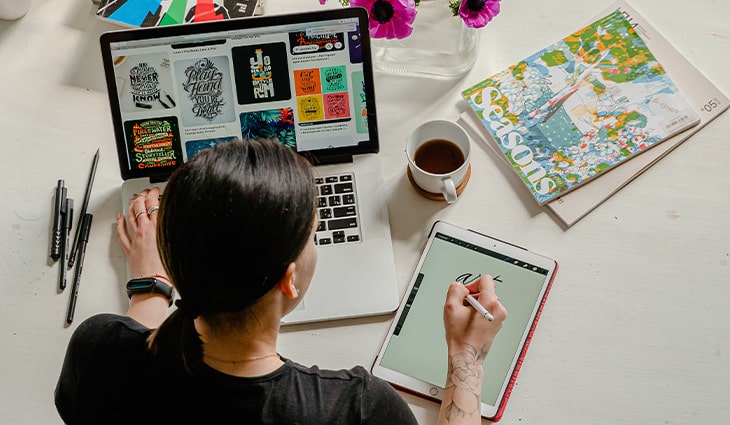
Challenges to Consider
No system is perfect. Using AI agents in design brings its own set of hurdles. One challenge is control. Designers must set clear boundaries so the AI does not steer the project off course. Without direction, an agent might create results that look polished but miss the core vision.
Another challenge is trust. Teams must feel confident that the AI is handling tasks correctly. This trust builds over time as the system proves reliable. It also requires designers to stay engaged and not hand over full control. The balance of oversight and automation is key.
The Human Touch
Even with smart systems, design remains a human craft. Style, emotion, and meaning come from people. An agent can suggest layouts, but it cannot capture the nuance of culture or the depth of a story.
This is why the human touch matters. The AI enhances skill but does not replace it. Designers decide what feels right. They choose what tells the story best. The workflow supports them, but the vision is still theirs.
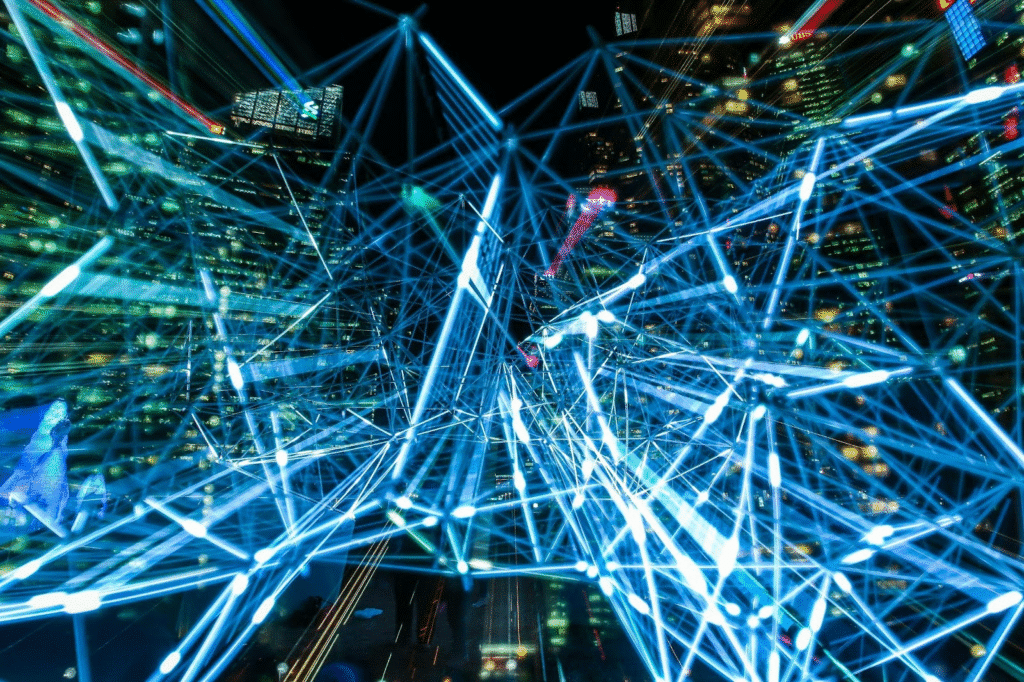
Looking Ahead
Agentic AI workflows are still evolving. As tools get better, they will take on more complex tasks. They may soon manage entire design cycles, from drafts to final delivery. But they will always need human direction to stay relevant and meaningful.
For digital creators, this is an exciting time. Efficiency meets innovation in ways that were not possible before. The mix of AI power and human imagination makes the design process richer. It saves time, sparks ideas, and makes collaboration easier.
In the end, the best designs will come from teams that embrace this balance. They will use agentic AI workflows not to replace their creativity, but to amplify it. The future of digital design lies in that partnership.
- 3shares
- Facebook0
- Pinterest0
- Twitter3
- Reddit0











